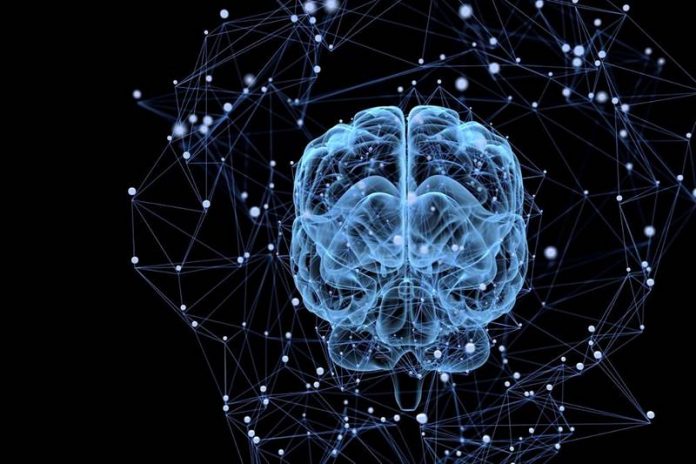Kaoru Inokuchi and Noriaki Ohkawa of the University of Toyama reported the first known human induced connection of unrelated memories in mice. The newly created memory produced a lasting change in behavior that was durable over time. The study elucidates previously unknown factors involving memory and may lead to improved treatment for diseases that involve memory.
Previous research has shown that memory storage and retrieval involve distinct small populations of neurons. Artificial activation of a group of neurons that hold a previously stored memory can change that memory into a false memory. This is the first time anyone has created a memory that is artificial.
The researchers conditioned mice to be afraid of a square box where the mice received a shock. The same mice were conditioned to feel safe in a cylindrical cage. The researchers stimulated the fear response and the safe response at the same time using small electrodes connected to the mouse’s brains. The result caused the association of the fear of a potential shock in a square cage to be associated with the fear of a cylindrical cage even though the mice were never shocked in the cylindrical cage.
The researchers propose using the same techniques to associate memories that are physiologically involved. The success of this work could provide a completely natural means of managing pain without drugs. Treatment of post-traumatic stress disorder may become simplified by associating pleasant memories with the traumatic memories that are involved in PTSD. Abuse of this methodology would be limited because the technique requires brain surgery.
There is a potential for using this technique in tradecraft. A captured terrorist could be programmed to plan the destruction of his terror cell. Once fully reprogrammed the subject could be released to blow up his fellow terrorists. The idea may be cruel but winning a war with no end requires the use of all available methods.















